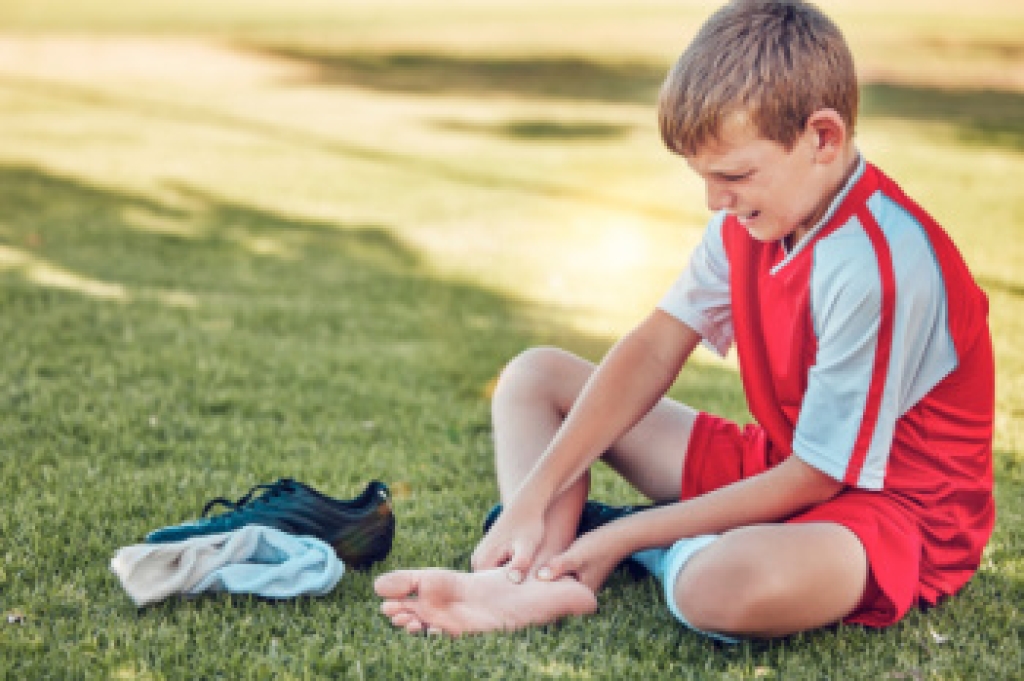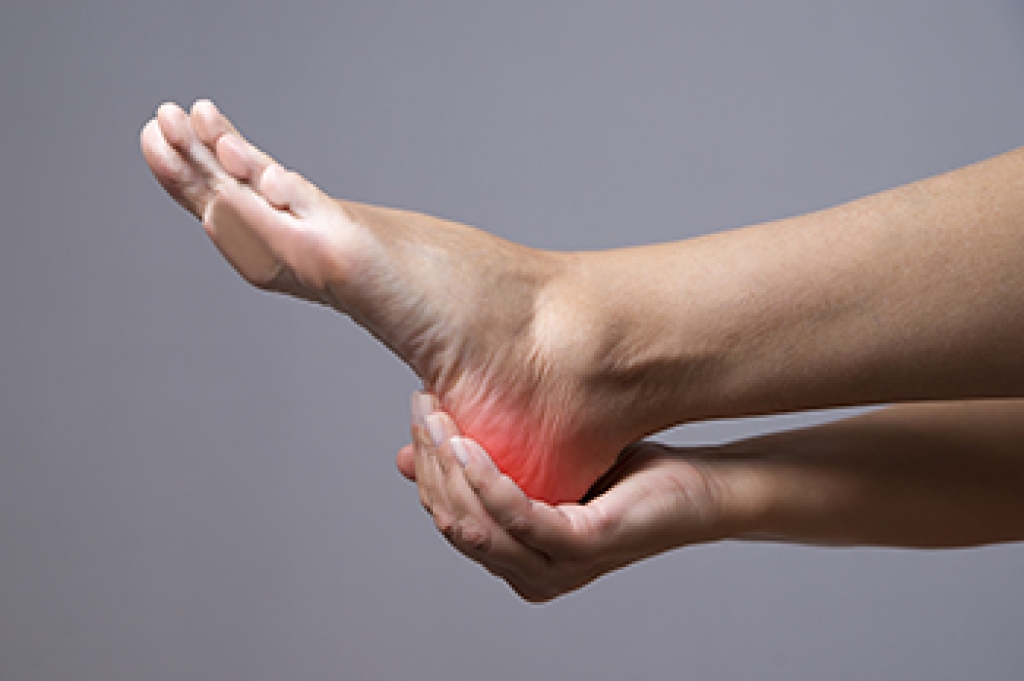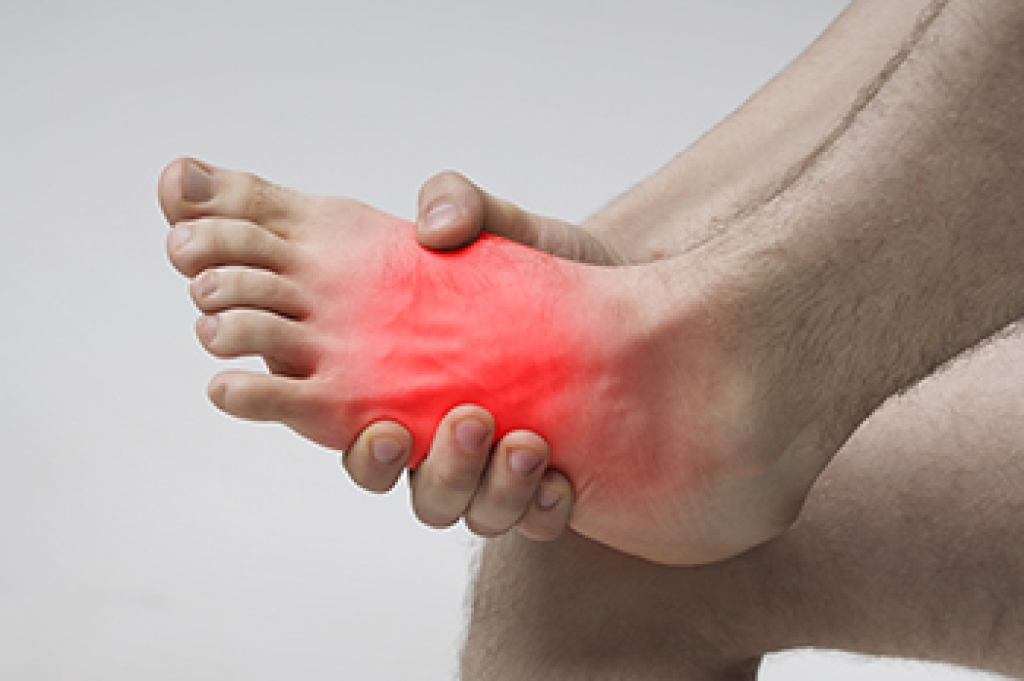
Overuse injuries in young athletes often affect the growing bones and soft tissues of the feet and ankles. Repetitive stress from activities like running and jumping, or wearing shoes that lack adequate support can irritate the growth plates. These are areas of developing cartilage located near the ends of bones. Sever’s disease, which causes heel pain, or navicular stress from strain along the midfoot often occurs in active children. These injuries can lead to limping, swelling, and tenderness that interfere with walking or sports participation. Because their growth plates are still open, the risk of long-term problems increases if these injuries are not properly managed. A podiatrist can evaluate the foot structure, identify overuse patterns, and recommend orthotics, footwear adjustments, or other remedies to relieve strain and protect developing bones. If your active child shows signs of foot or ankle pain after sports activity, it is suggested that you make an appointment with a podiatrist for a diagnosis and treatment.
The health of a child’s feet is vital to their overall well-being. If you have any questions regarding foot health, contact Steven Wolfington, DPM of Sheboygan Foot Care, LLC. Our podiatrist can provide the care you need to keep you pain-free and on your feet.
Tips for Keeping Children's Feet Healthy
- Make sure their shoes fit properly
- Look for any signs of in-toeing or out-toeing
- Check to see if they have Clubfoot (condition that affects your child’s foot and ankle, twisting the heel and toes inward) which is one of the most common nonmajor birth defects.
- Lightly cover your baby’s feet (Tight covers may keep your baby from moving their feet freely, and could prevent normal development)
- Allow your toddler to go shoeless (Shoes can be restricting for a young child’s foot)
- Cut toenails straight across to avoid ingrown toenails
- Keep your child’s foot clean and dry
- Cover cuts and scrapes. Wash any scratches with soap and water and cover them with a bandage until they’ve healed.
If you have any questions, please feel free to contact our office located in Sheboygan, WI . We offer the newest diagnostic and treatment technologies for all your foot care needs.




